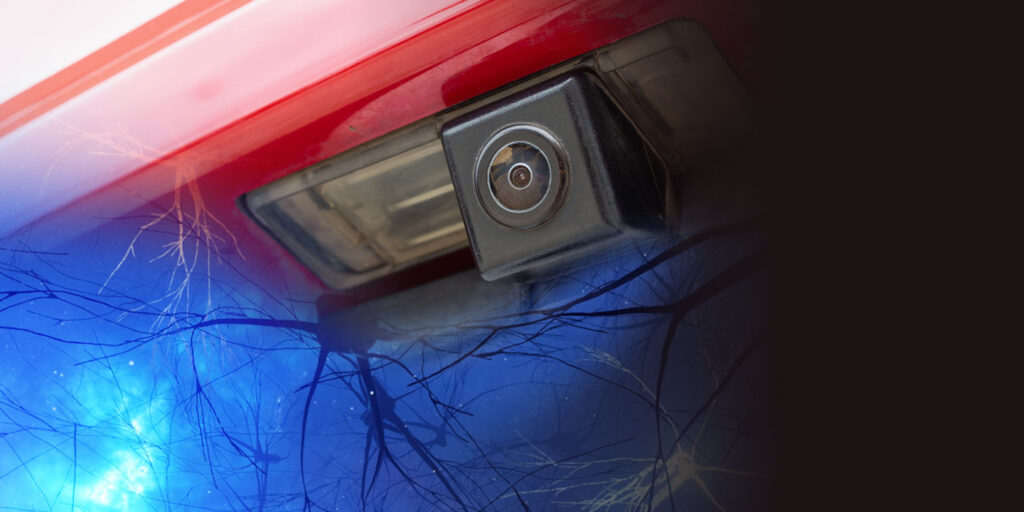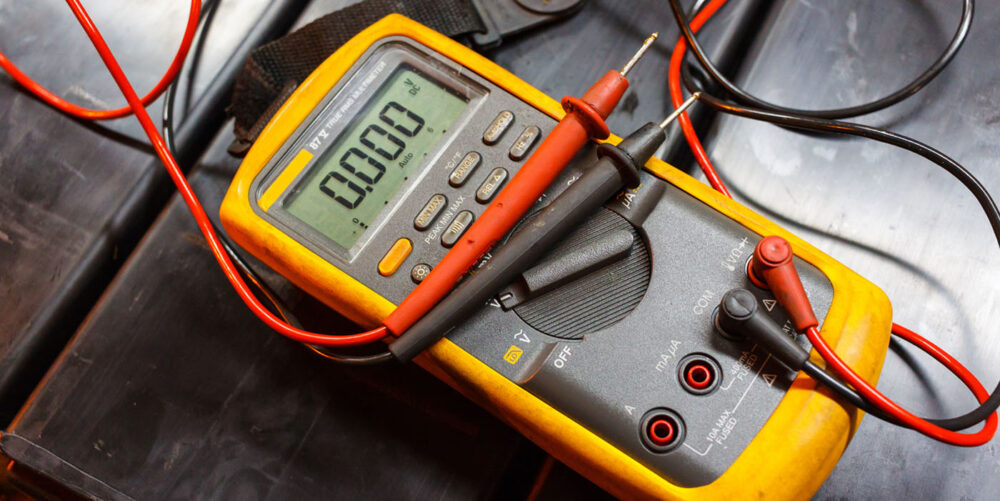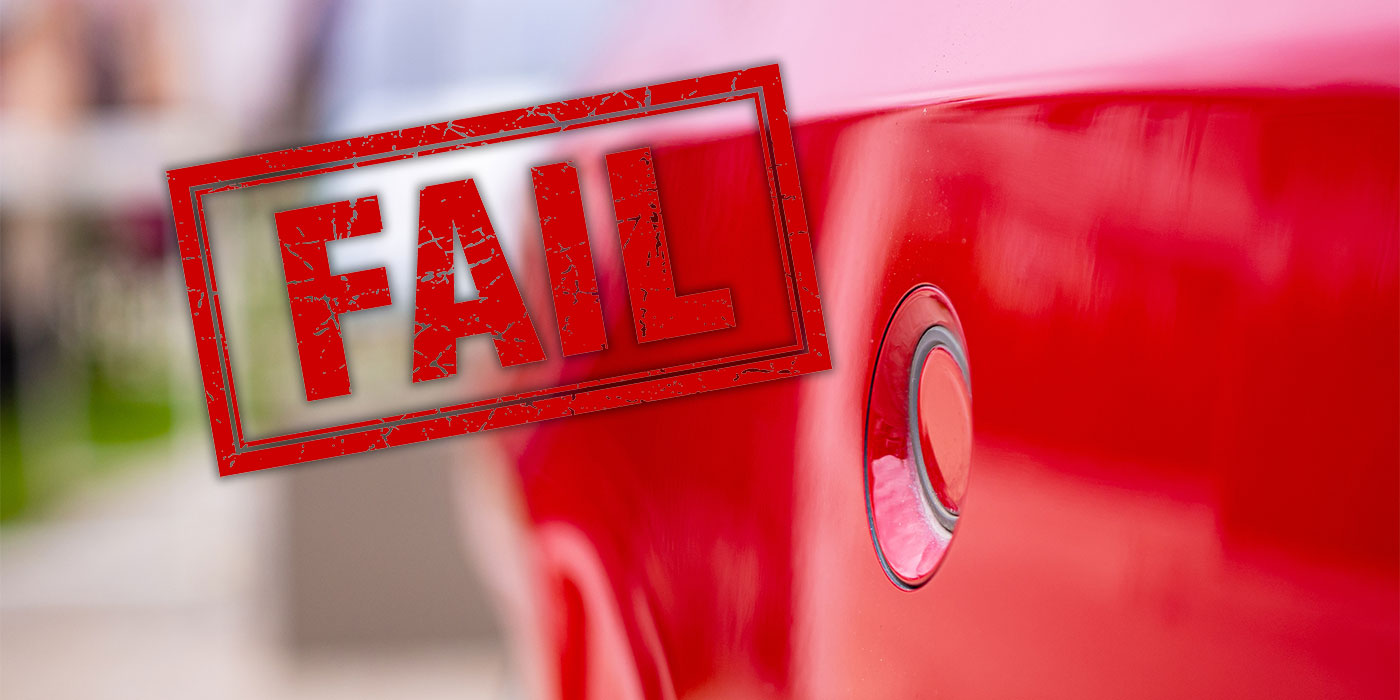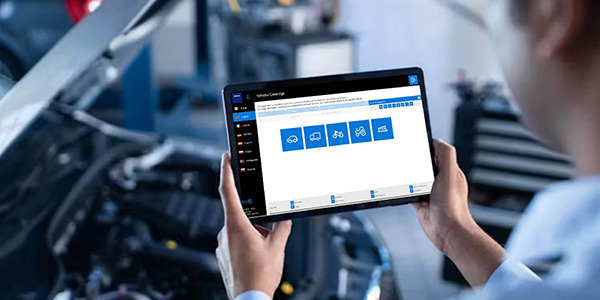The ability vehicle manufacturers have given vehicles today is astounding. Engineers have built computers and algorithms that allow the vehicle to see, feel and understand the road it is driving down. Automakers have given the vehicle a sensory perception not unlike the human body. This accomplishment just yesterday was a dream; today, it’s a reality, and tomorrow will bring something new.
Understanding how these systems of computers and sensors work is critical to writing an estimate and repairing a vehicle correctly. Trying to understand what needs to be repaired, how it’s accident-related or if a process is repair-related or necessary is confusing to many in our industry. This leads to many shops missing procedures or not getting paid for procedures that were necessary to complete the repair correctly.
Automakers have given the vehicle a sensory perception not unlike the human body.
The human body is an amazing collection of technological (or, more accurately, biological) advancements that have evolved over millions of years. We have this brain connected to all parts of our body through our nervous system (wiring harness). Electrical impulses give us incredible situational awareness. In this awareness is the mind being conscious of self-preservation, reacting and take action to protect the body. A simple example is when your body senses something hot through your fingers or hand. This triggers a reaction to the body parts affected to pull away.
This self-awareness and self-preservation is similar to the thought process behind designing ADAS features in vehicles. It’s also a good analogy for understanding how the sensors and computers work in vehicles to perform the same functions. It’s also a great way to understand when and why repairs, replacements and calibrations or programming is required. When you break it down to connectivity, angle and attitude, you’ll see why scans and calibrations are a necessity.
Connections
The computer, much like your brain, can only react to what it senses. There must be proper input from senses or sensors to provide the correct response or output.
The phrase “garbage in produces garbage out” is a good way to look at how all this works. To understand in vehicle repair what has the ability to create garbage input is a starting point to understanding the repair of these electronics.
The first part to know is that ADAS is not new. We’ve had driver-assist features for many years. Automatic transmission, power steering, ABS, DTCs and so much more are all legacy systems that new ADAS capabilities are added too: the addition of cameras to allow the vehicle to see, radar to give the vehicle depth perception and to see in 360 degrees, etc. Other sensors such as yaw rate, speed control and many more work together to give the vehicle the situational awareness to react. This makes all systems interconnected into their own internet system, which makes understanding DTCs important to repairing a vehicle.
A DTC for the headlights may not mean much in a vehicle hit in the rear left quarter panel until you understand that the control modules for the lighting system are in that quarter panel. A transmission DTC can be the reason a calibration fails as one system affects the others. The computer modules and sensors must communicate correctly with all systems to work correctly.
For all this to happen, connectivity is the key. Cut or smashed wires and connectors are a common cause of communication failures. Finding the issue requires having a good diagnostic technician and a digital multimeter. This is the most common issue related to the incident the vehicle was involved in.
Damage is one reason the computer modules and sensors lose communication; human interaction is another. When a technician disconnects a sensor, there will be some things to consider for that break in connectivity. Even though you just disconnected the sensor and reconnected that connector, it must be verified that you restored that connectivity. Remember, many of these systems do not put a DTC warning on the dash. In fact, some do not engage until a certain speed is attained by the vehicle to test. A calibration is needed to verify that there was no human error, especially considering that one of the most common reasons for a failed calibration is connectors either missed or not connected correctly. As we see in cameras and radar, the connectivity must be validated for the input to be correct. This eliminates some of the garbage in, garbage out input scenario.
Angle
Just like any electronic device you use today, angle is a factor you must consider. You adjust the angle of your computer monitor so your eyes can most comfortably read this article. If you have a printed version, you adjust the paper for your eyes to read the print. It’s a simple concept that many repairers often overlook. The angle of any sensor such as radar and cameras is critical to how it “sees” what it is supposed to see and react accordingly. The vehicle “trusts” that the sensor angle is true, and procedures such as calibrations are used to validate that the vehicle is correctly aligned to those angles.
For any procedure that can change the angle of any sensor, one must consider if a calibration is needed. A one degree angle change may not seem like much, but at 300 meters down the road, one degree is a major deviation. The movement and tolerance to any structural repairs or pulling with frame equipment or just straightening a panel can have a major impact on a sensor’s ability to provide proper input. We’ve all seen pictures of or experienced a problem that was the result of a sensor not plugged in correctly or mounted upside down. Or, where zip ties were used to hold a sensor or radar was not even mounted but was hanging by wires. I’ve even seen where the radar was aimed directly at the ground – the technician never addressed that the bracket was bent down towards the ground. For all practical purposes, the system had connectivity, so there were no indications of a problem until a calibration was attempted.
This is probably a good point to stress: just because there are no DTCs to indicate a problem does not indicate the system is correctly functioning. Another good point to remember: just because a calibration was successful does not mean it was done correctly. I see many technicians and shops who, when a calibration fails, move the static targets until the system passes. I’ve also witnessed technicians who do not realize that calibrating a vehicle to incorrect target placement will also produce incorrect inputs. Sure, the vehicle says calibrated, but to the wrong point.
Learning the calibration process and how light, shadows, background reflections for radar and level floors affect it only happens through doing lots of calibrations. Any technician who performs repairs on electronics will tell you there is a great deal to consider. You do not get to buy a scan tool or system and say, “I can do this.” Vehicle manufacturers are always changing procedures and access to software for their vehicles. Learning all of this takes time and practice.
To produce the proper output, computers must have proper input. If the input is wrong, the output will be wrong. Relating how you do simple tasks such as walking through your shop to how a vehicle sees or senses how to travel down the road may help you understand the critical factor of how sensors provide the proper input.
Attitude
Although I could write a whole article on the attitude issue in the repair industry, I will simply say that the vehicle’s attitude to a surface is an important piece to the success of any electronic repairs involving sensors. Lift kits, wheel size and alignments are all considerations for any repair.
If the lifted truck can’t see the vehicle in front or the child on a bike, the vehicle is not going to react or stop for it in time.
Vehicle modifications have been perplexing to the repair industry. If the angle of the sensor is changed from specs, how is the vehicle’s attitude to the surface modified as far as where the sensor is aimed? If the lifted truck can’t see the vehicle in front or the child on a bike, the vehicle is not going to react or stop for it in time. So how do you calibrate a lifted vehicle? Some companies that provide lift kits have a sensor bracket change guide, which is great; however, I’m still researching how a camera sees over a lifted vehicle’s hood to see the lanes. I’m not condoning or condemning any process if it is validated through scientific process, which some companies have done. But remember, it only works with their products.
As to wheels and tire size, when out of specs, I’ve seen shops keep a set of stock on hand to calibrate the vehicle. Once calibrated, they put them on modified with a waiver stating the vehicle is calibrated to specs but there is no warranty due to the modifications. Only your lawyer can give you advice on legality and liability; I can only speculate. I do know that no matter what you do, you’ll need to convince 12 people who could not get out of jury duty.
Summary
There is so much more to add to the handling of sensors and storing of components during repairs. I could literally write for hours on the specifics.
Here is what the message of this article is: electronic repairs require certain procedures if there is a possibility you changed the connectivity or did a disconnect, changing the connectivity. If you changed the angle of a sensor, even during an R&I, or did something that could change the attitude of the vehicle, multiple scans and calibrations may be required to complete the vehicle and validate that the sensors are seeing the way they’re supposed to.
By not following the recommendations or requirements, you do not know if that vehicle has the situational awareness it is supposed to. Imagine if your own senses were compromised. How would you react to the garbage in?














